In 1878, local farmers formed the St. Andrews Agricultural Society, later changed to the St. Andrews-St. Clements Agricultural Society. Their purpose was to advocate for policies and activities which would assist the greater agricultural community and the individual farmer. A few clubs and events the Society assisted with over the decades were the Garden Club, Percheron Horse Clubs, Girls Homemaking School, Farmer Days, Achievement Days, and picnics. In 1939, the Society offered $5 loans to members of the Dairy and Beef Calf Clubs to purchase calves. The loan agreement included three years to pay off the debt.
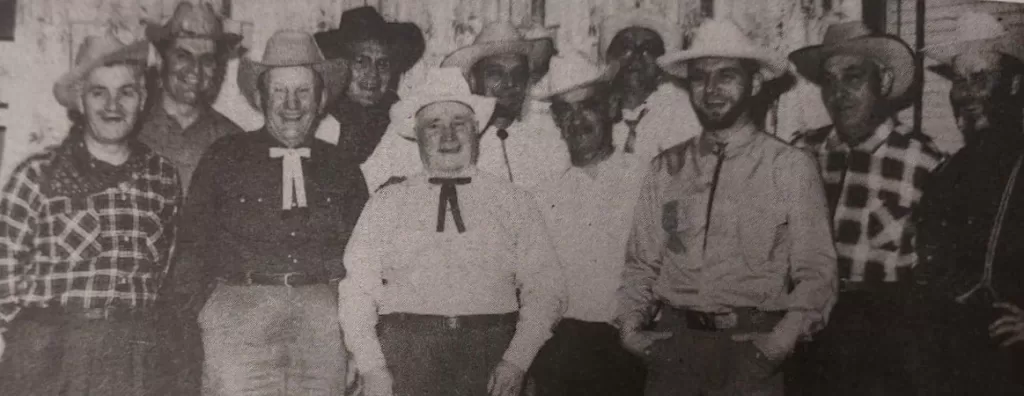
The Fair began in 1884, evolving six years after the Society formed making it one of the oldest agricultural fairs in the province. The Fair was the perfect opportunity for farmers to show their horses, cattle, and other farm animals and for the ladies to exhibit their skill at making bread, pies, and cakes.
To begin with, the Fair was held at the St. Andrews Exhibition Hall during the first weekend in October. A map in 1985, referenced by Barry Potyondi in Selkirk: The First Hundred Years, shows “the Selkirk Park Association Recreation Grounds” at the present Water Tower Park. The map depicts a half-mile racetrack around the grounds.
In 1883, W.H. Eaton & Co. and a local grocer were the sponsors for the event. Both sponsors contributed to the $600 in prize money given away at the Fair. Quickly, sponsorships increased and so did the available prize money. By the 1890s, sponsorships began to roll in from Winnipeg, one of which was the Occidental Hotel.
In 1916, admission to the Fair was 25 cents for adults and 10 cents for children. Programs, sports, a poultry show, and a standing crop competition for the best wheat, barley, oats, and corn were some of the attractions.
In 1919, plans were made for a new 80×22 foot building to be constructed at the Fair Grounds for a total cost of $982. The 1922, Fair was similar to others before it however, this Fair held two plowing matches, one on the east side of the river and one on the west side. The plowing match became a highly anticipated competition for many years.
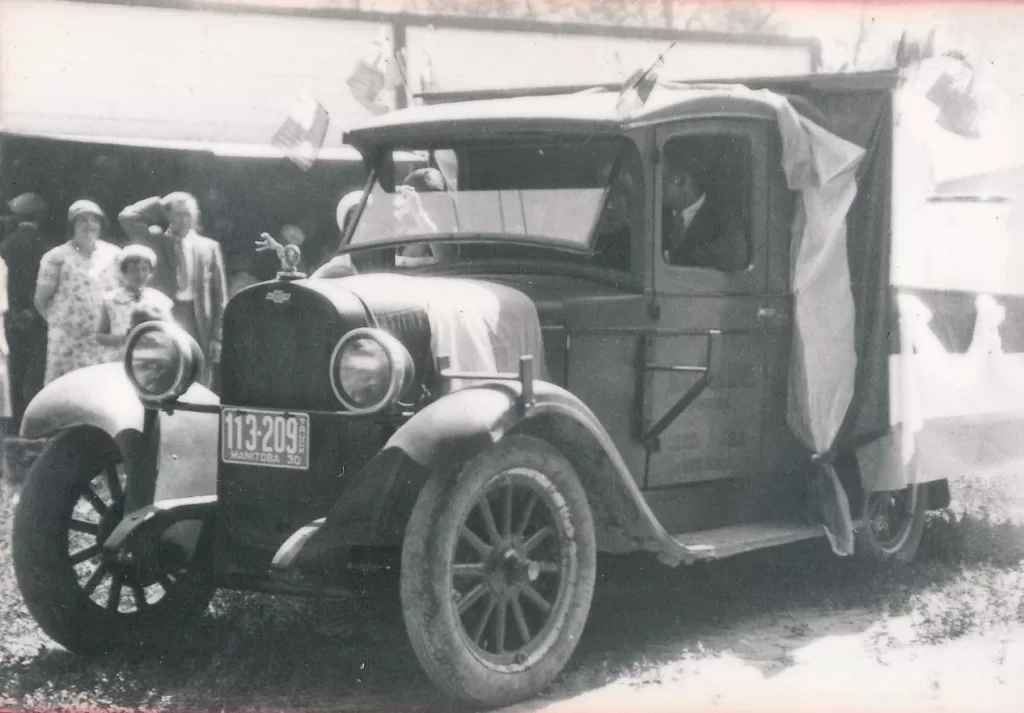
The Depression Years
The Great Depression arrived around the Fair’s 50th Anniversary. The Government cancelled grants the Society relied on and livestock were in poor condition due to limited feed supply. As a result, attendance to the Fair dropped. Soon the Society made the decision to cancel the Fair. Small shows continued to be held; however, it would be fifteen years until Selkirk would see the days of a large bustling Fair again.
By 1933, finances were so low that the Society could no longer maintain the Fair Grounds. The Society authorized a transfer of the Fair Ground land to the Town of Selkirk. The agreement was that the Town would maintain the buildings, grounds, and fences but the Society could have full use of the buildings whenever they needed.
In an effort to get the Fair back up and running, the Society agreed in 1936, one way to increase interest in the Fair was if the Government appointed an Agricultural Representative for the district. To make their case stronger, the Society appealed to St. Andrews and St. Clements to support them in the application for a district representative. By 1938, Mr. E.T. Howe was hired to be the new District Agricultural Representative. His office space, in Bell’s Garage, included full use of a desk, typewriter, and telephone for a monthly rent of $10.
From Setback to Success
While many thought the revival of the Fair was well on its way, the Society quickly discovered that the Town had not maintained the old Fair Grounds. The buildings were deteriorating and the fence had nearly disintegrated. The Society sent letters to Town Council demanding change.
Change was found in a long-term lease arrangement between the Town and the Selkirk Community Winter Club to hold shows in the Alexandra Rink while the Fair Grounds were repaired. Several shows were held at the Rink, but by 1945, the Society decided it was time to attempt a larger Fair. This time the Fair would take place at the old Fair Grounds with new cattle shelters and temporary snow fencing installed. The Society rented the Oddfellows Hall for gardening and sewing club exhibits. In addition, the Kinsmen Club, Foresters Lodge, the Municipalities of St. Andrews and St. Clements, and Town Council all pitched in to make the Fair possible.
In 1947, the Society requested that Town Council cancel the lease with the Selkirk Community Winter Club and that they could resume using the Fair Ground land for free.
Back at their original venue, the Society worked hard to garner new interest in the Fair. This was particularly driven by the end of the Second World War and the incentive to transition returning soldiers back to farming the land once more. Their efforts paid off with excellent livestock exhibitions in subsequent years.
The Fair continued to be a success with the Dairy Cattle exhibit in 1951 being one of the largest to be held in the province. At the time, the Fair of 1955 held the reputation of being the most outstanding, successful, and biggest Fair in the history of the Society.
In 1965, the semi-pro rodeo was added to the Fair program to attract competitors and spectators from across the country. Rodeo events included all the usual events one would expect such as team roping, barrel racing, reigning shows, steer wrestling, chuck wagon and chariot races. Bull riding has been part of the Fair since the 1970s.
During Canada’s centennial celebration in 1967, the Fair Grounds were moved to Selkirk Park, just north of the Rotary Swimming Pool. During this time a large steel building was built for displays and a cattle shed was constructed for housing livestock during the judging competition. For Selkirk’s Centennial in 1982, a new barn was built in Selkirk Park. Metal chutes and a metal ring were installed around the show-ring.
In 1981, “Triple S” was included in the name for the Fair and Agricultural Society to represent the three “S”: St. Andrews, St. Clements, and Selkirk
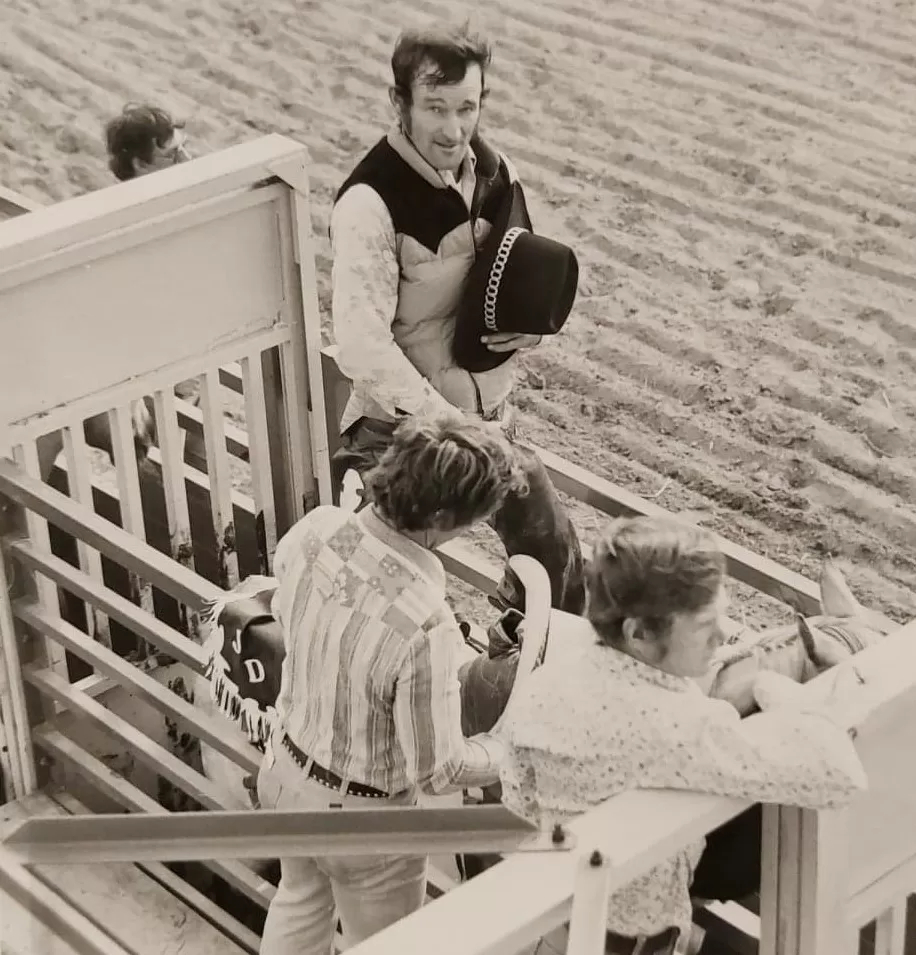
Over the years a wide variety of events could be found at the Selkirk Fair including, plowing matches, children’s festivals, exotic animal demonstrations, magic shows, dog shows, fiddling and jigging, car shows, demolition derbies, horse races, gymkhanas, and other equestrian events. The Selkirk Regatta, which first began in 1912, was a large part of the three-day Fair event. The Regatta went on for many decades and evolved to include power boat races, canoe racing, water skiing, and more.
The St. Andrews St. Clements Agricultural Society continues to host the Triple S Fair and Rodeo in Selkirk after 145 years. The Fair and Rodeo remains a popular and well attended event in Selkirk.
Selkirk Fair and Rodeo Collection
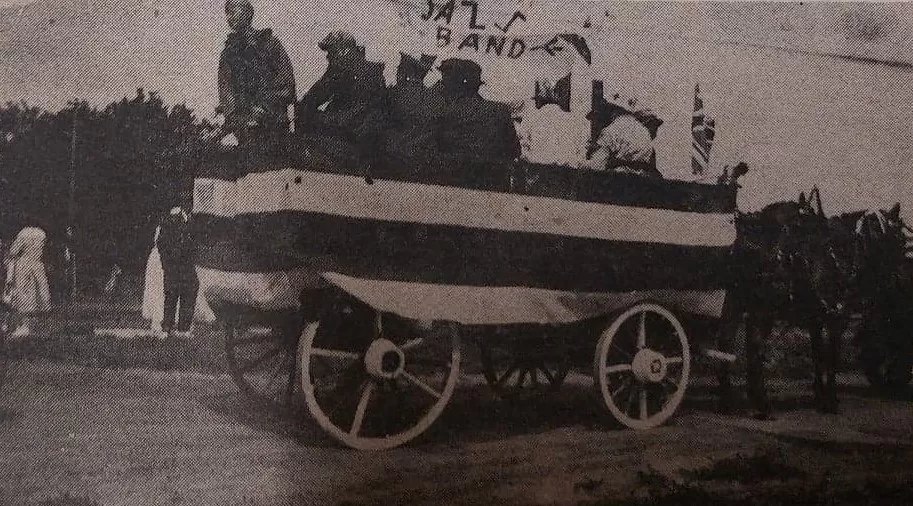

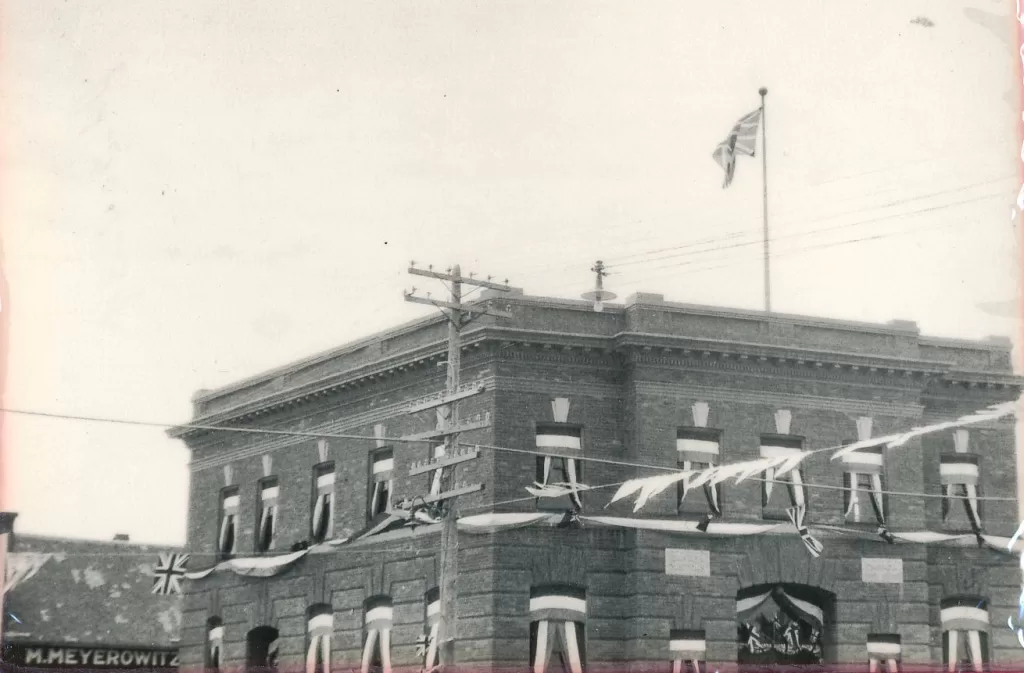
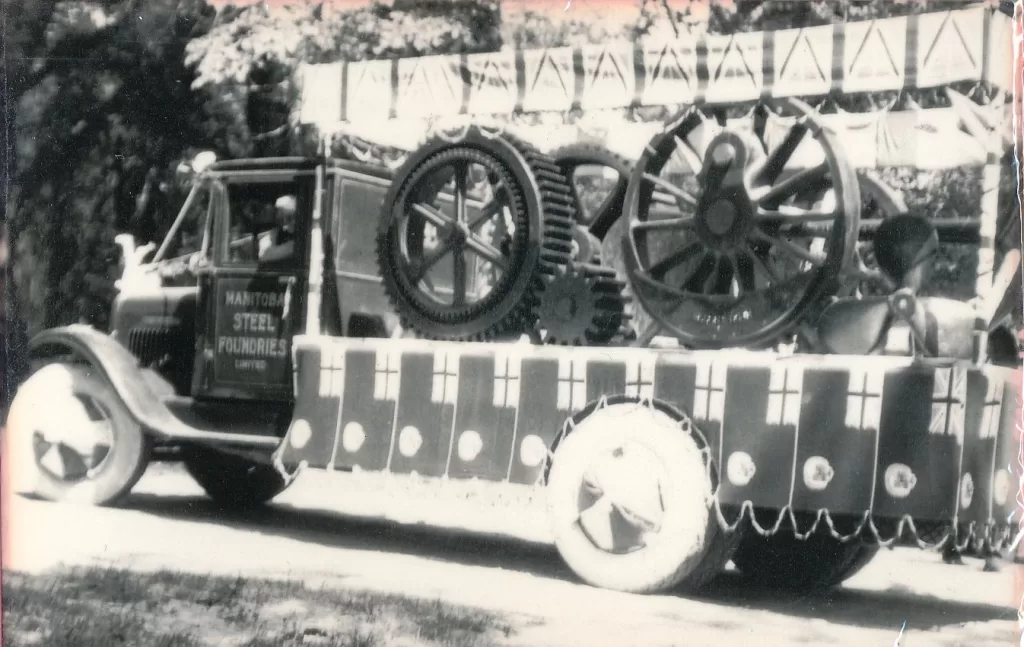
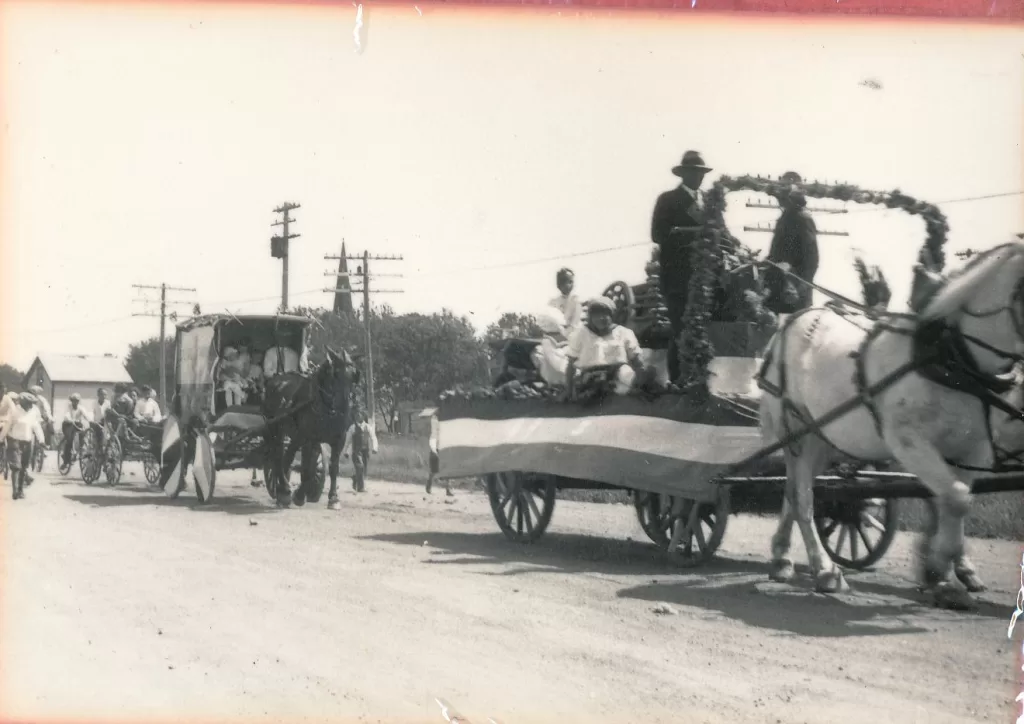

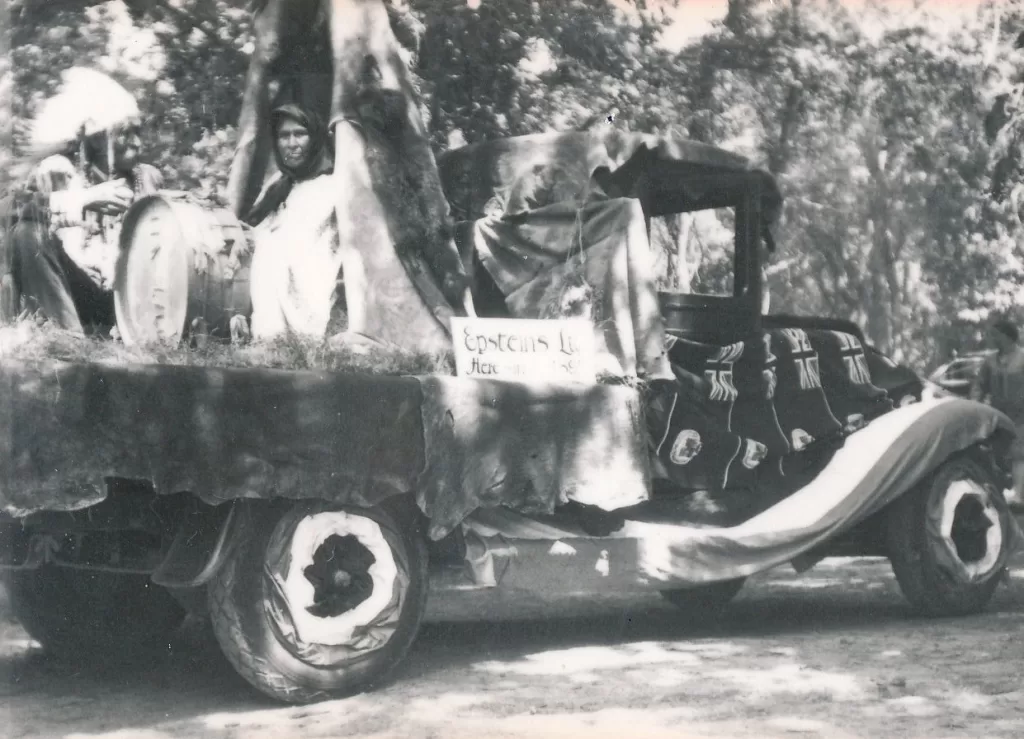
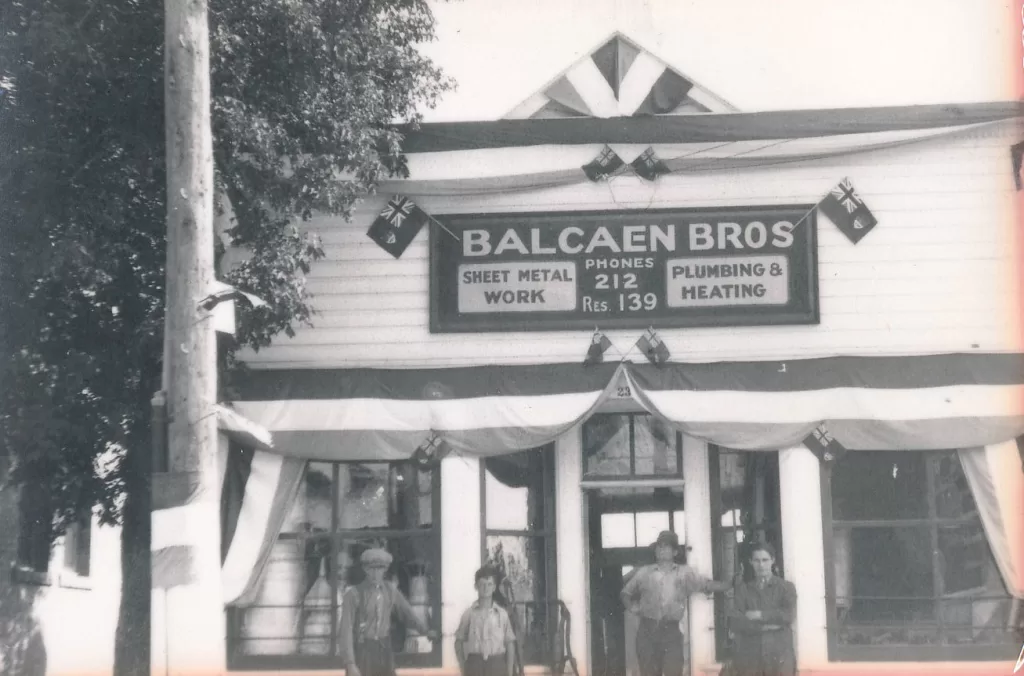
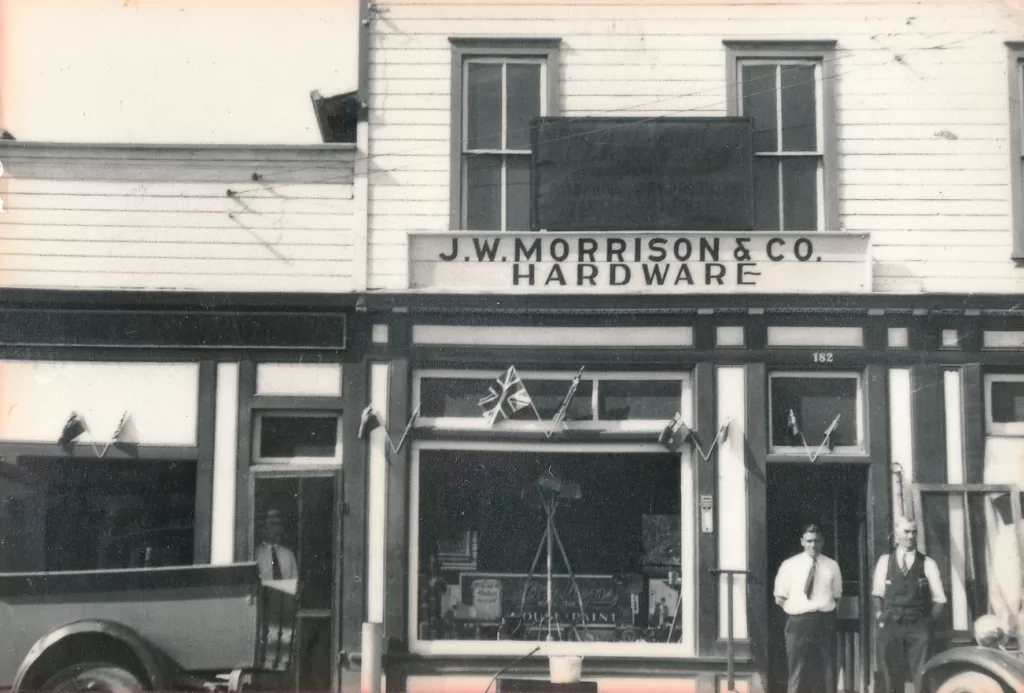


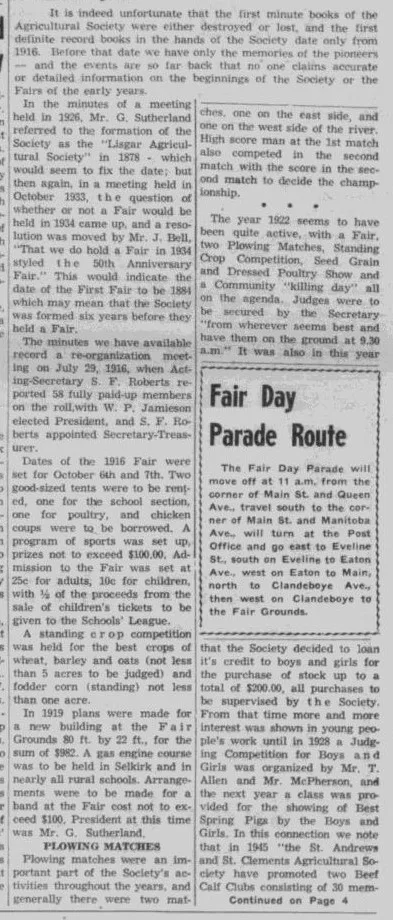
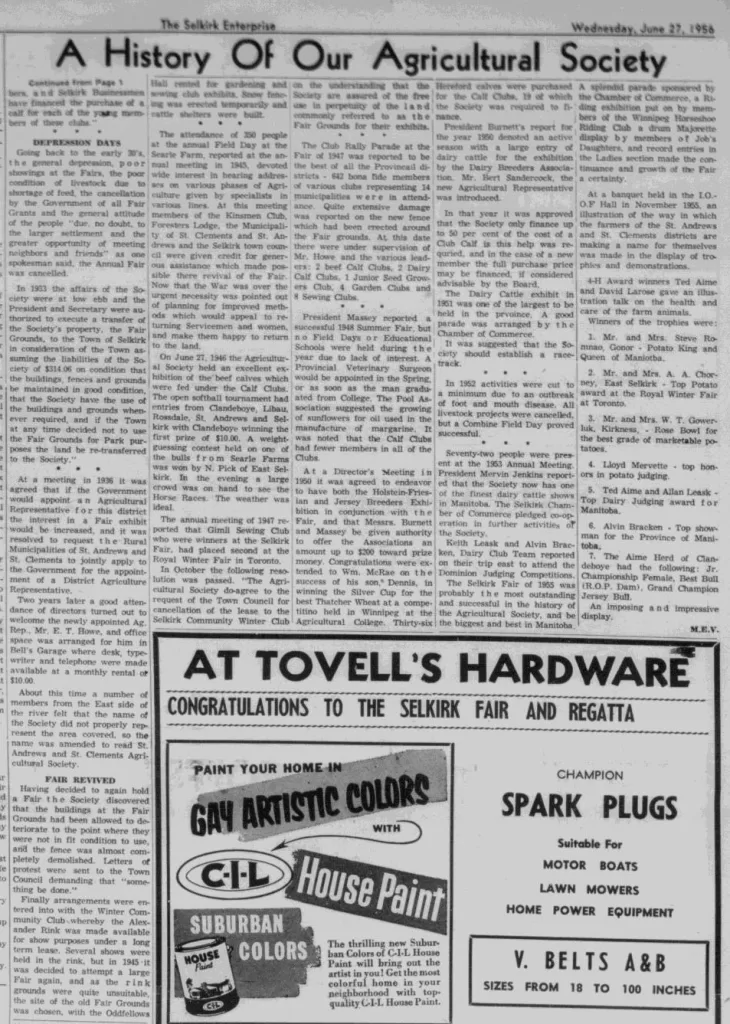
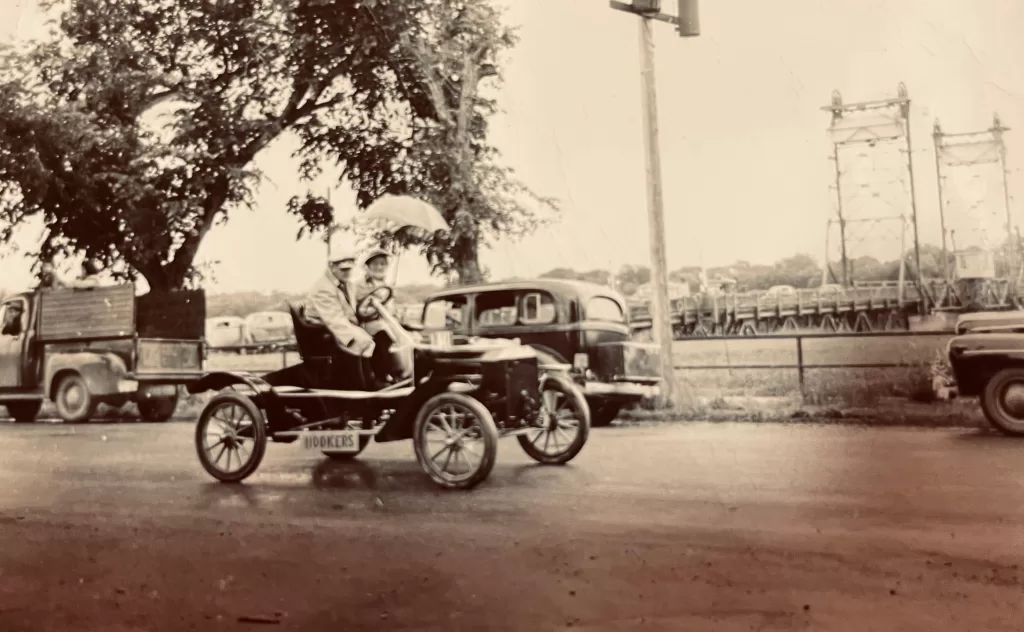

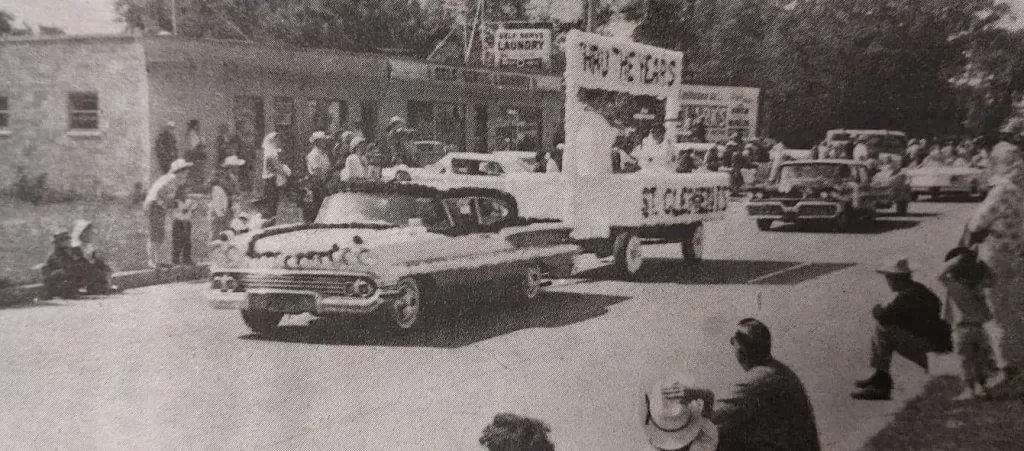
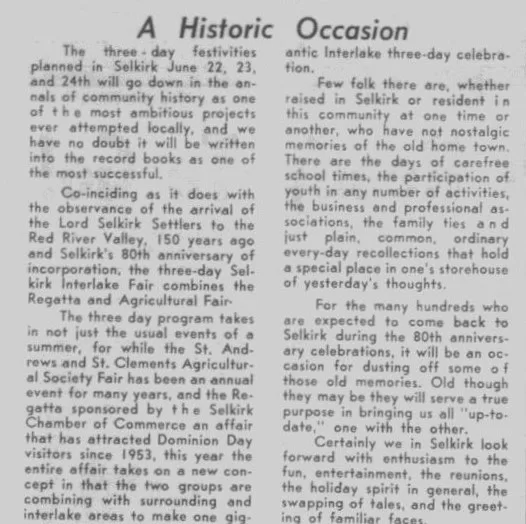
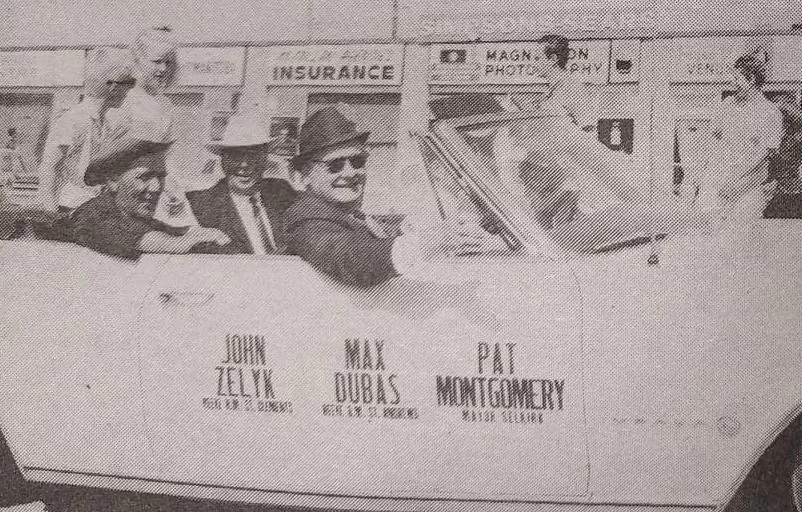
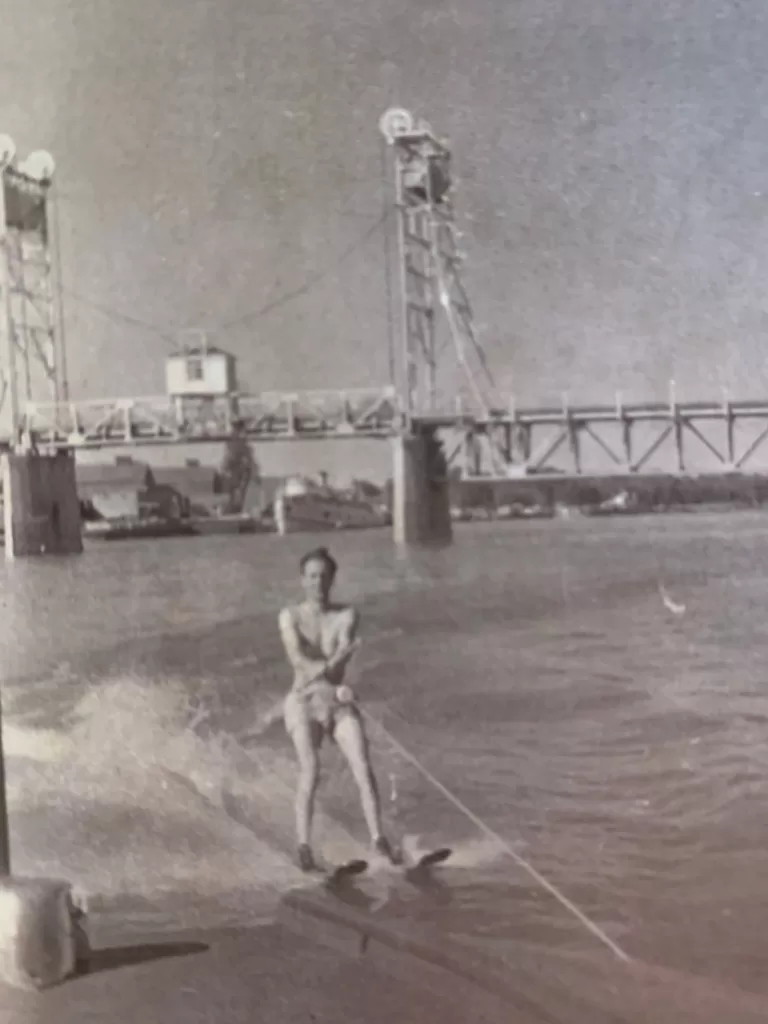
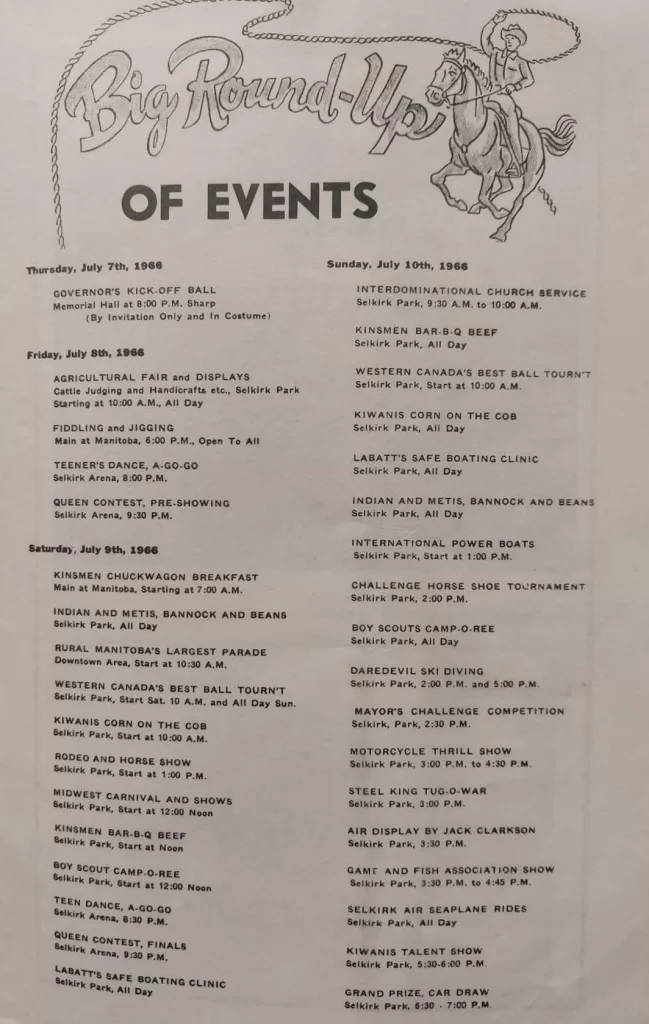
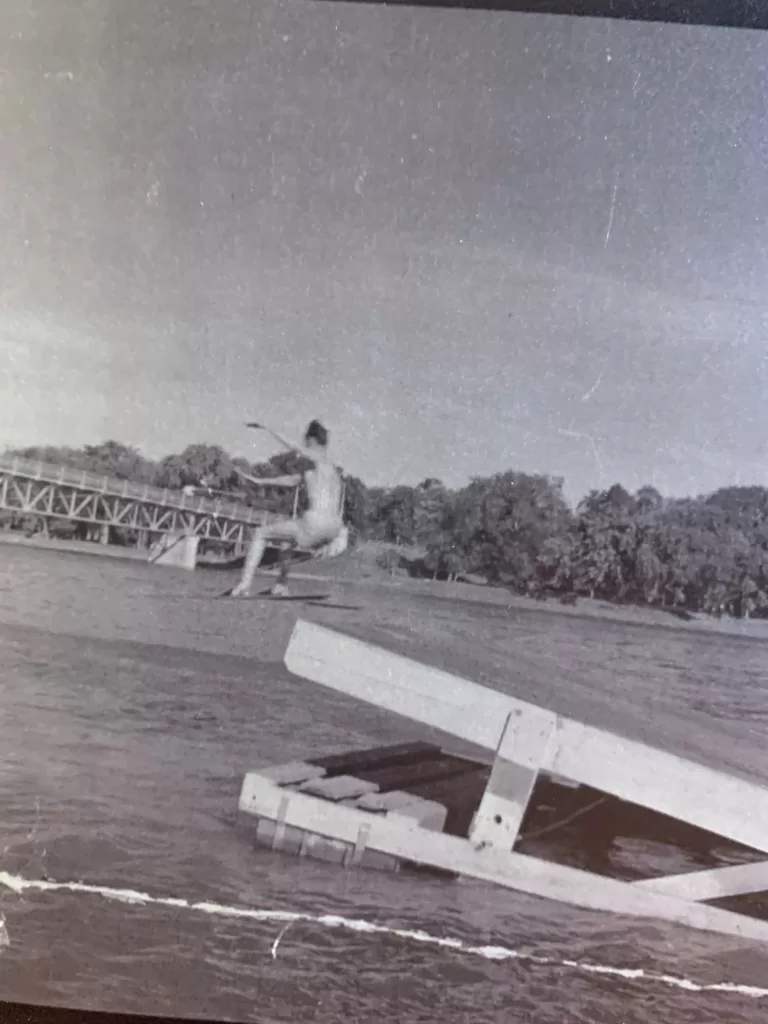
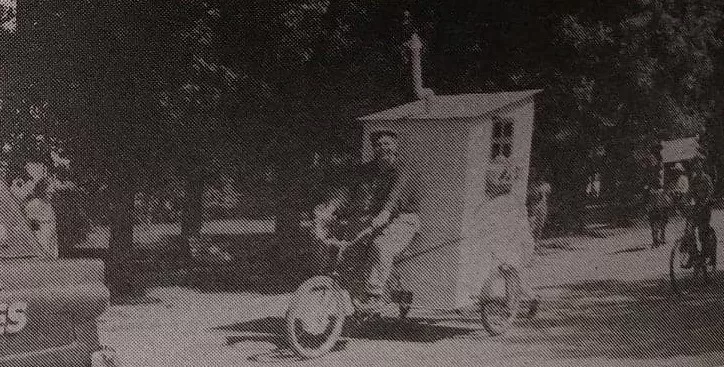


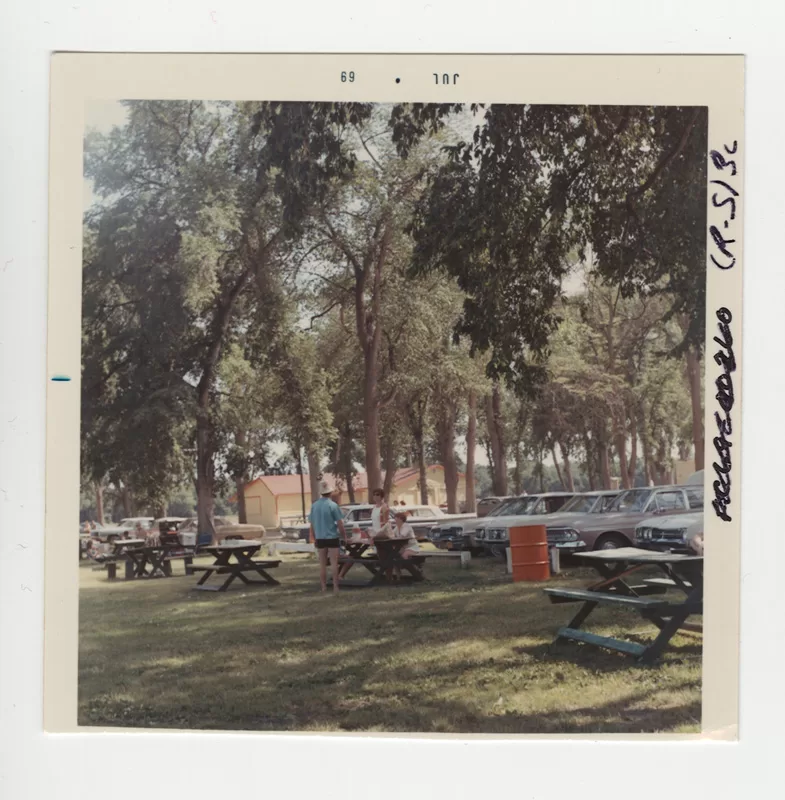

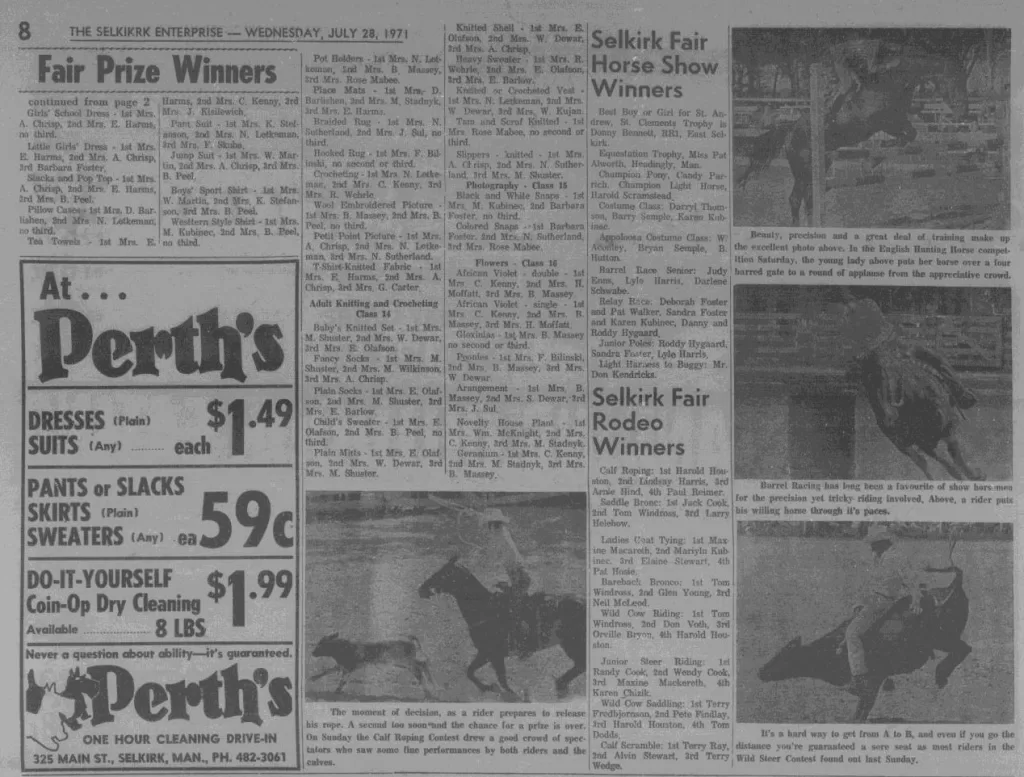
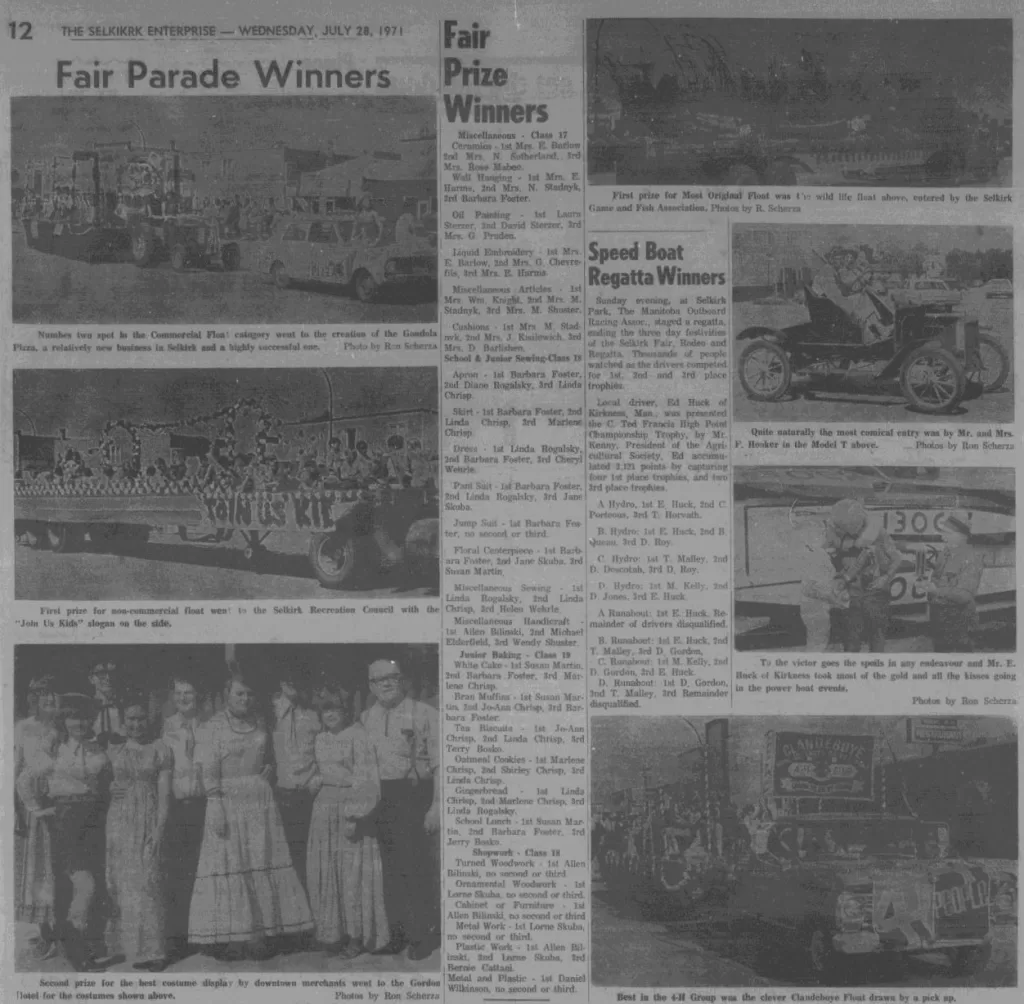



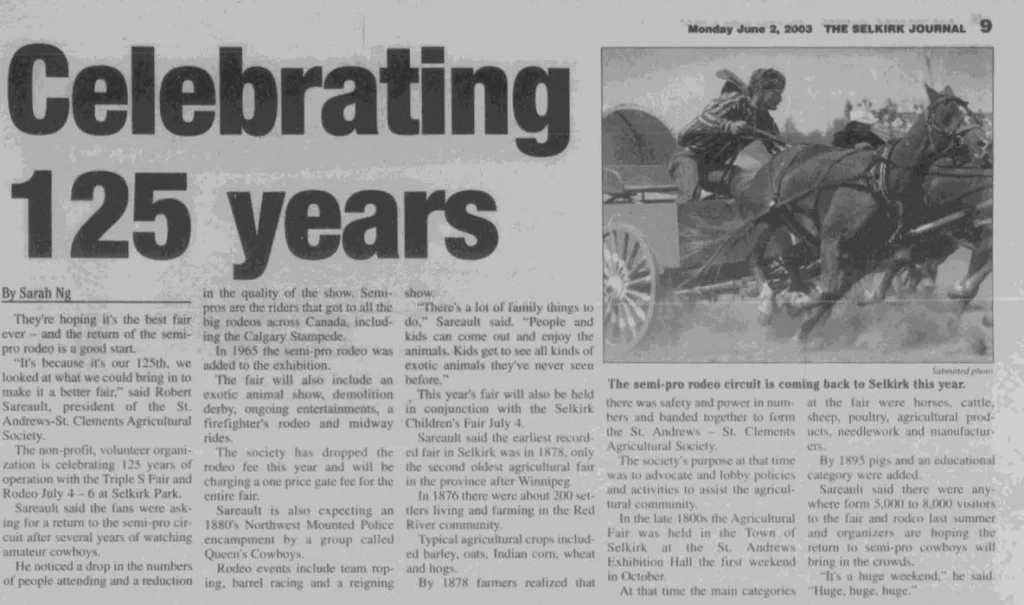

Sources
Archives of Manitoba
Selkirk the First Hundred Years, Barry Potyondi
Selkirk’s 75th Anniversary, Elsie MacKay, ed.
Saints and Sinners Tour, Rob Sarginson
Selkirk Enterprise 1955, 1956, 1962
Selkirk Journal 2003, 2010
Triple S Fair and Rodeo Website
History of the Fair, Fraser Stweart
Red River North Heritage

